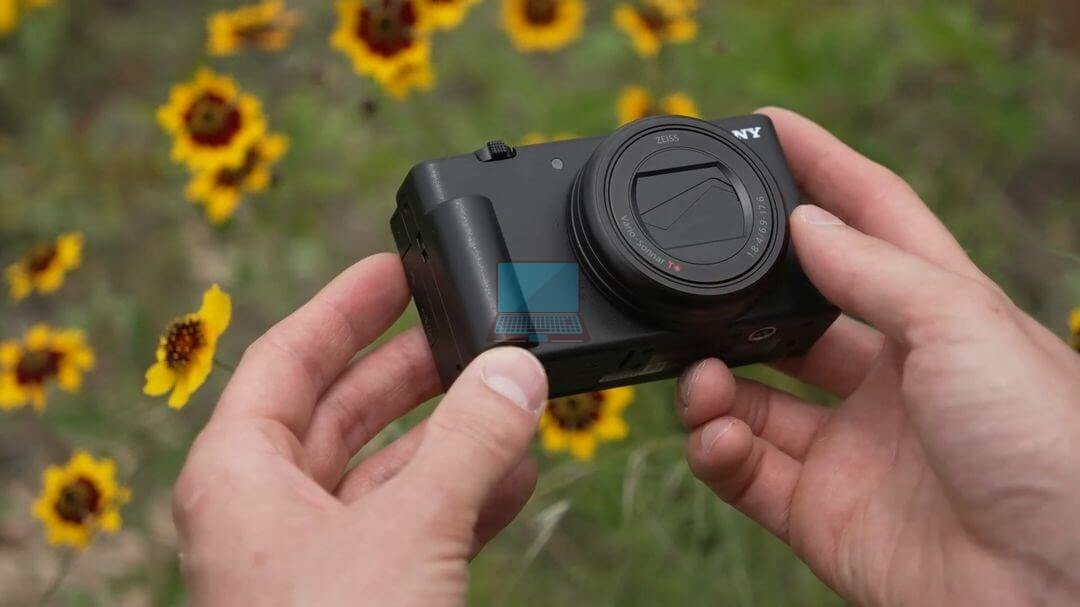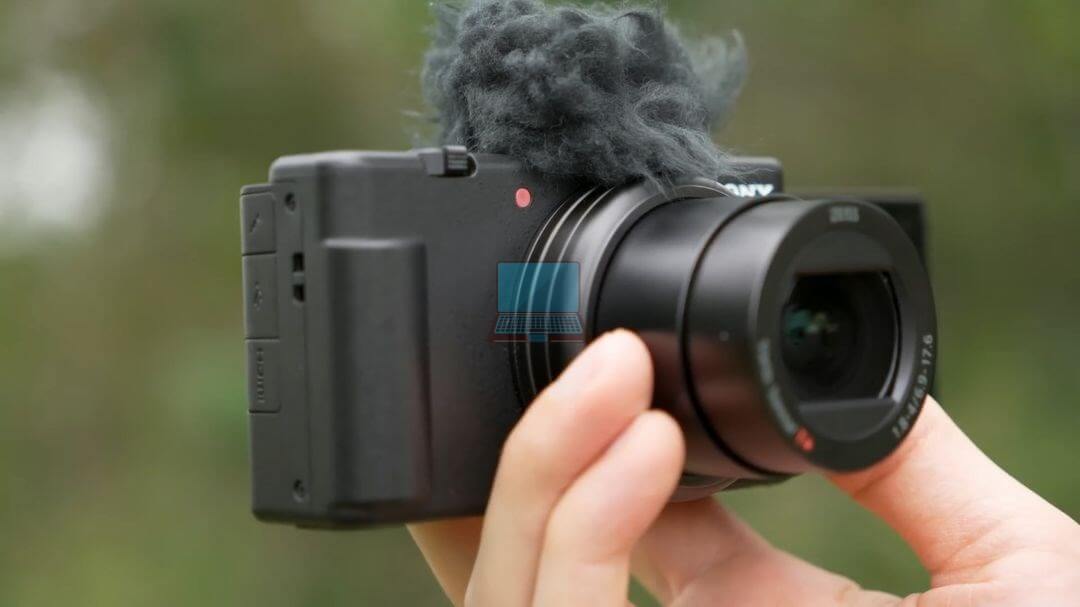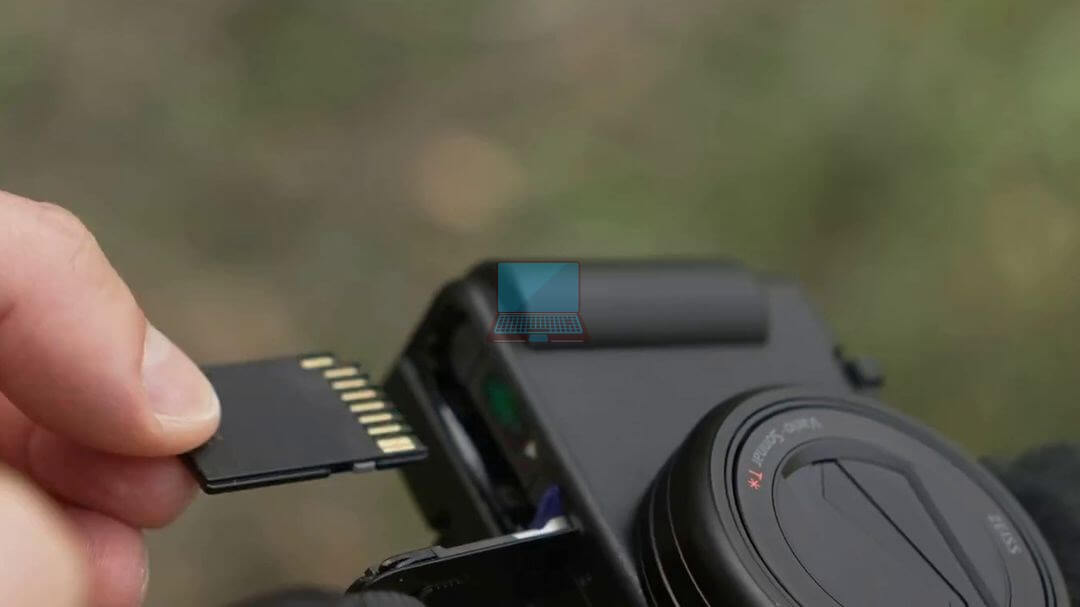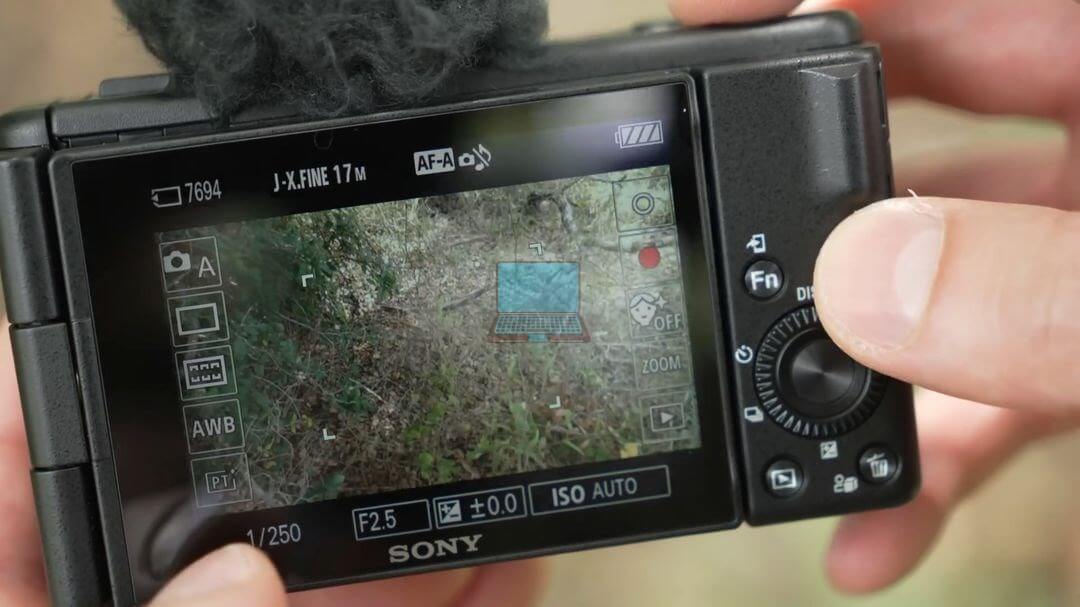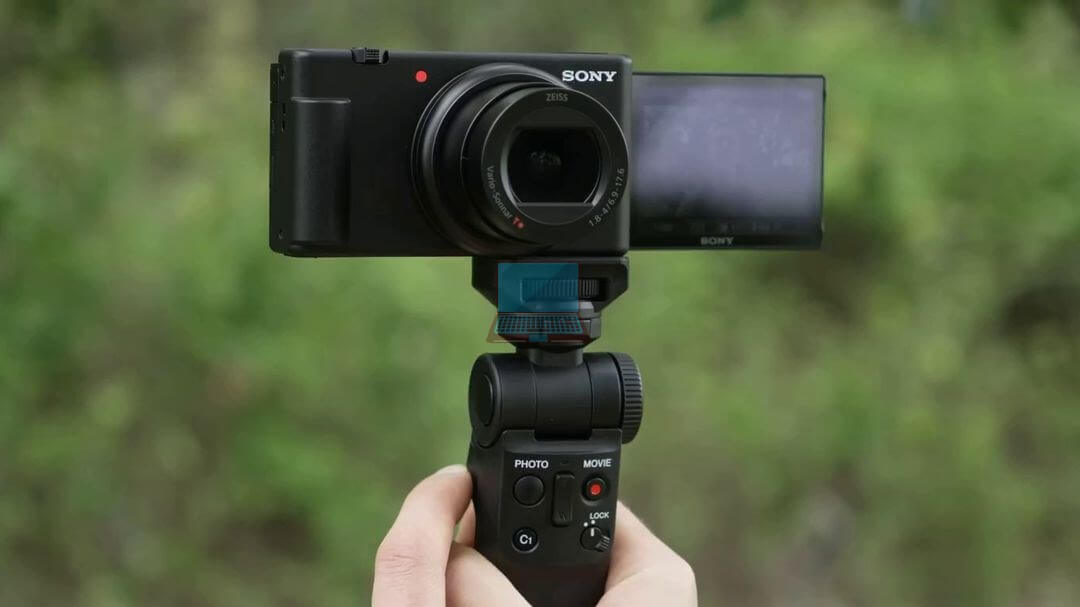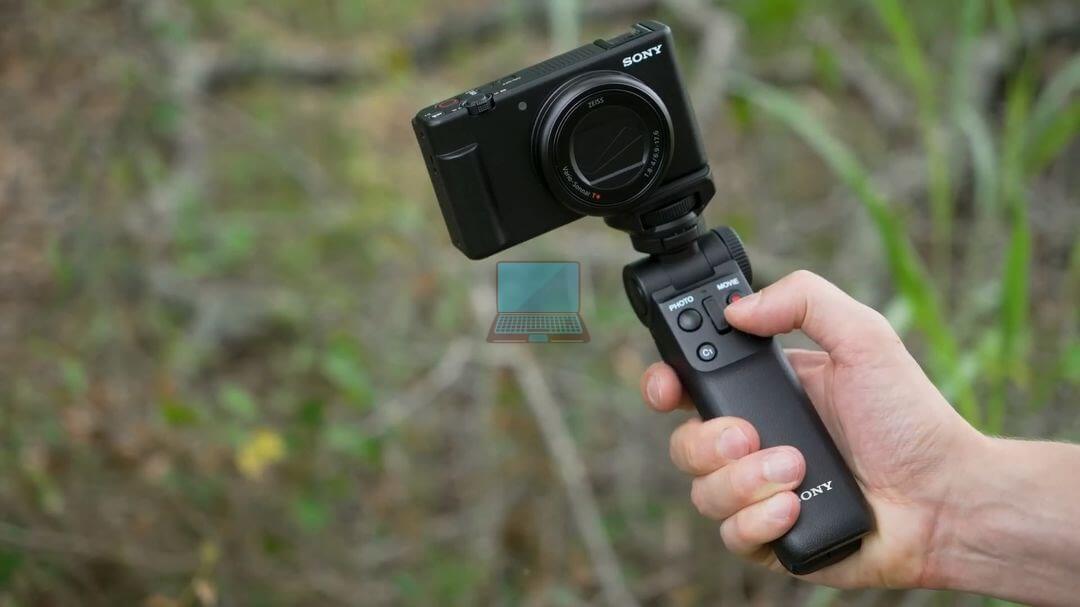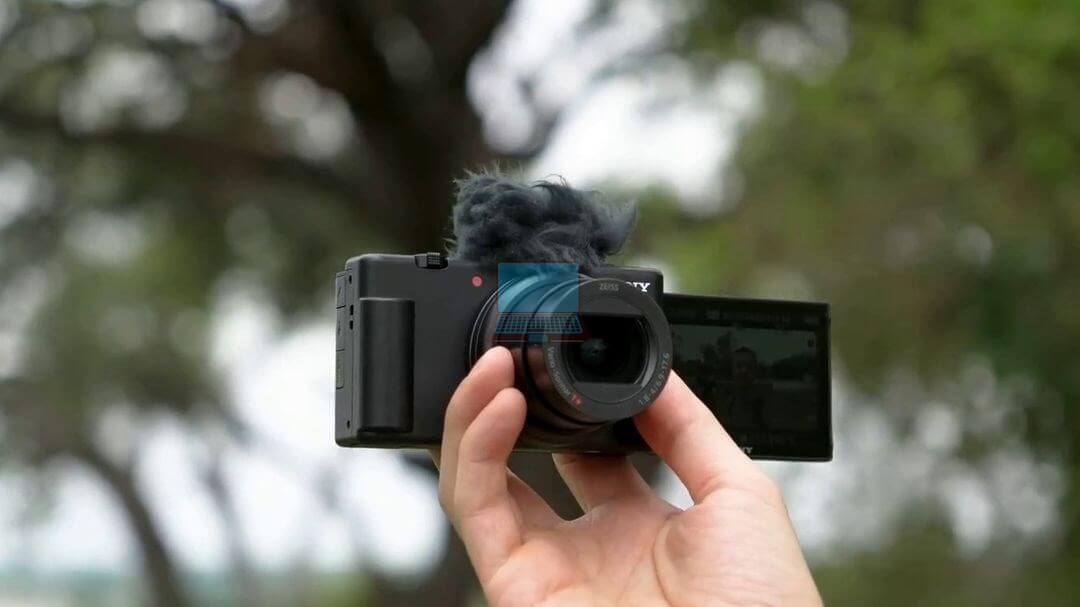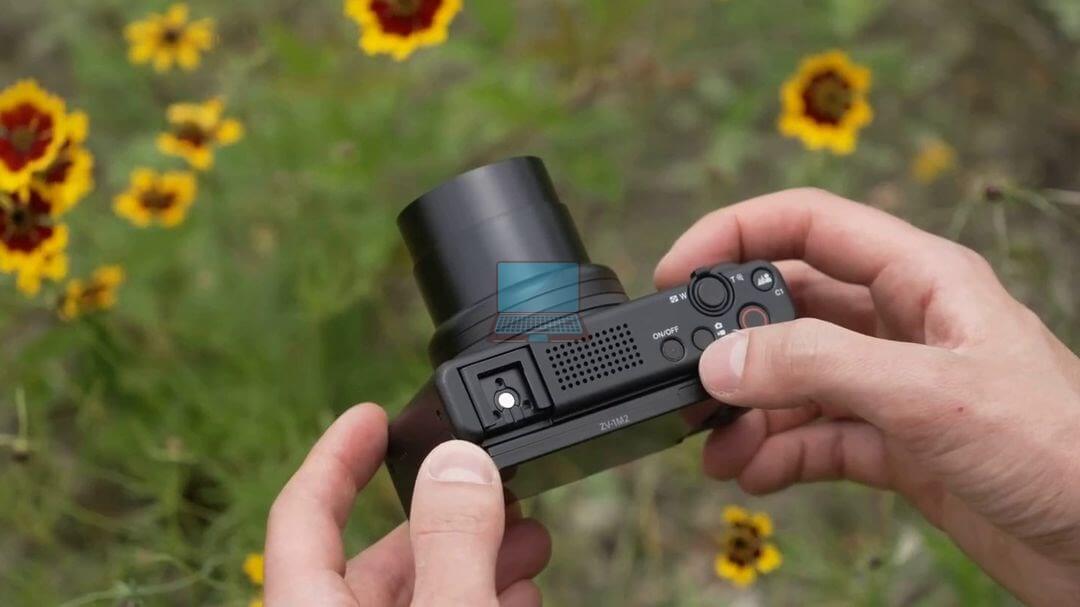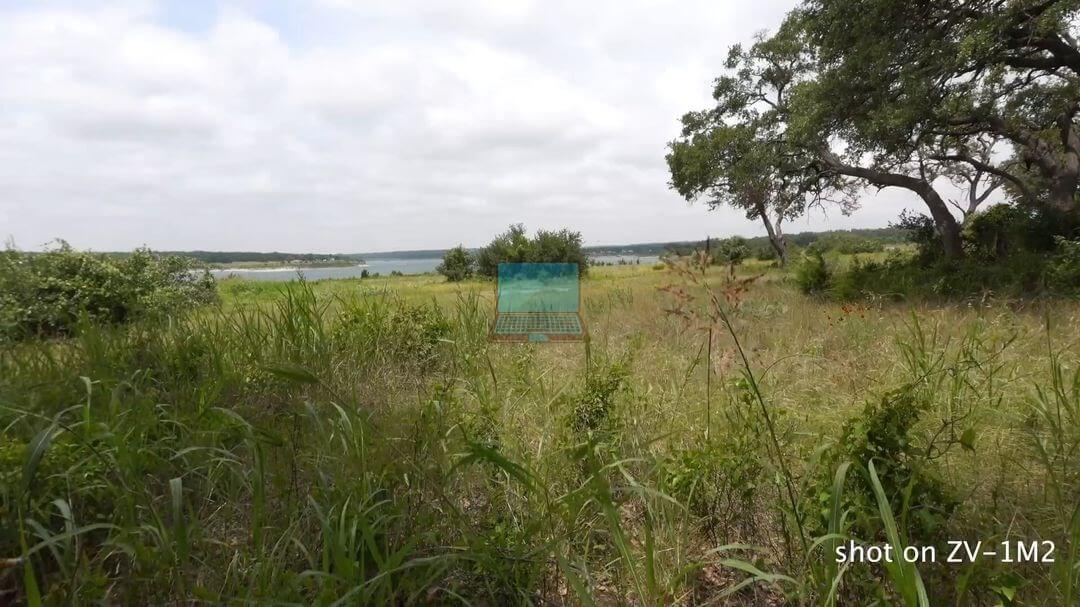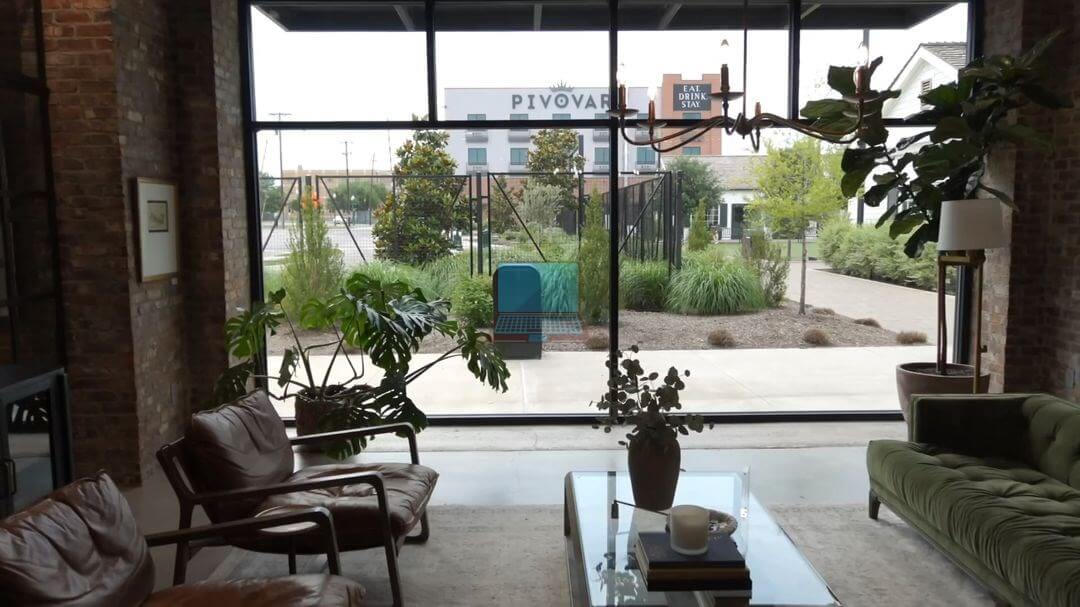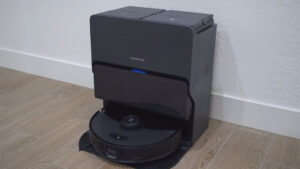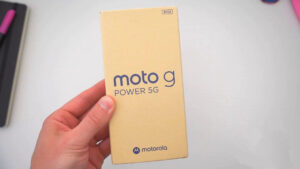Sony ZV-1 II Review: Why Should I Pay Such Money?

The Sony ZV-1 II is the latest iteration of the popular compact Sony vlog camera series. These cameras have garnered significant acclaim from users and have gained considerable popularity in the vlogging and content creation community. However, with the passage of time, competition in the market has intensified, prompting the need for a refreshed model. The Sony ZV-1 II aims to address this demand by introducing several necessary modifications, particularly in the software, while also bringing intriguing changes to the optics.
However, despite these updates, the purchase price of the Sony ZV-1 II is mentioned as being very high. It is important to consider individual budget constraints and the specific needs of each user before determining whether the camera justifies its price tag. While the ZV-1 II may offer notable improvements over its predecessor, potential buyers should assess whether the updated features and enhancements align with their intended use and whether they justify the premium price compared to other cameras in the market.
Sony ZV-1 II: Video Review
| Specs | Sony ZV-1 II |
| Sensor | Type 1″ CMOS BSI Exmor RS 20.1 Mpix |
| Lens | Vario-Sonnar 18-50mm f/1.8-4 (FF equivalent), 9 elements in 9 groups, |
| including 4 aspherical and 1 advanced aspherical (AA), | |
| 7-blade circular aperture, T* anti-reflection coating | |
| Processor | Bionz X |
| Stabilization | Active Mode digital stabilization in the camera |
| Built-in microphone | 3-capsule, bi-directional, with selectable recording direction |
| Screen | 3″, rotatable, full touch operation |
| Viewfinder | NO |
| Autofocus | Fast Hybrid AF |
| Intelligent AF modes | People, Pet, Real-time Eye AF, On-screen target tracking |
| Sensitivity | 125-12800 ISO |
| Video quality | up to 4K 30fps, 8-bit 4:2:0, Long GOP |
| Vlog features | Bokeh, Product Showcase, Cinematic VLog Settings, custom styles |
| Professional formats | S-Log 3, S-Log 2 |
| Wireless connectivity | 2.4 GHz / webcam mode |
| Dimensions | 105 x 60 x 46.7 mm |
| Weight | 292 g (with battery) |
| Battery | Sony X, 45 minutes |
| Storage medium | 1x SDXC/SDHC |
| Connectors | USB-C, Micro HDMI, microphone jack |
| Price | $899.99 |
Acquaintance
The Sony ZV-1 II is a highly capable camera that offers a compact and lightweight design, making it a convenient choice for on-the-go vloggers and content creators. The camera’s small form factor allows for easy portability, and it can even be connected to a smartphone for seamless integration and sharing.
One noteworthy feature of the Sony ZV-1 II is its ability to process photos in RAW format and videos in 8-bit 4:2:0 format. This capability provides users with greater flexibility in post-processing, allowing for finer adjustments and enhancements to image quality. It’s a valuable feature for those who want to take their editing capabilities to the next level and achieve professional-looking results.
However, it’s worth mentioning that the design of the Sony might not live up to the expectations one would have given its price. Visually, the camera body is identical to its predecessors, the ZV-1 or ZV-1F. The dimensions of the camera are 105.5×60.0x46.7 mm, and it weighs 292g. While the design might not exude a premium feel, it’s important to note that the camera’s functionality and ease of use are not compromised. The body is made from SORPLAS, a recycled plastic material developed by Sony. While this choice is commendable in terms of sustainability, it might not have the same visual appeal as other materials commonly associated with premium cameras.
The Sony ZV-1 II features a single SDXC/SDHC slot and is powered by the NP-BX1 battery. The battery is claimed to last up to 45 minutes of recording and up to 250 photos. However, your personal experience suggests that these estimates might not be entirely accurate. After taking 100 photos and recording 15 minutes of 4K video, you have found that the battery life is less than expected. It’s worth considering that battery life can vary based on different factors such as shooting conditions, usage patterns, and settings. It’s advisable to carry additional batteries or have a charging solution available to ensure uninterrupted shooting.
One practical improvement in the Sony ZV-1 II is the relocation of the tripod thread on the base of the camera. It has been shifted farther away from the battery door, allowing for easier access to the battery and SD card, even when a quick-release plate is attached. This change enhances convenience, especially for users who frequently switch batteries or need to quickly swap memory cards during shoots.
Display
The Sony ZV-1 II retains the same 3-inch flip-out touchscreen panel with a resolution of 921,600 dots as its predecessor. However, there have been significant changes in how the touchscreen functionality is utilized on the ZV-1 II.
In the original ZV-1, the touchscreen was limited to focusing on a subject or zooming in on images during playback. However, on the ZV-1 II, the touchscreen capabilities have undergone a dramatic transformation. Users now have access to a wide range of touch icons that provide quick access to all of the camera’s features. This means that you can easily change settings and navigate through menus by simply swiping and tapping on the screen. This expanded touchscreen functionality is a substantial improvement over its predecessor, offering a more intuitive and user-friendly interface.
With the array of touch icons available, you can conveniently adjust various camera settings, such as exposure, ISO, shutter speed, aperture, and white balance, directly from the touchscreen. This allows for quick and seamless control over your shooting parameters, enhancing the overall shooting experience and enabling you to capture your desired shots with ease.
Furthermore, the ability to swipe and tap through menus using the touchscreen streamlines the camera’s operation and makes it easier to navigate different settings and options. Whether you want to access advanced shooting modes, adjust video settings, or customize your preferences, the touchscreen functionality provides a more efficient and intuitive way to interact with the camera’s interface.
The improved touchscreen functionality on the Sony ZV-1 II enhances the camera’s usability and accessibility. It empowers users to have more direct control over settings and makes it easier to navigate through menus, eliminating the need for multiple button presses and enhancing the overall shooting experience.
Optics and software
The Sony ZV-1 II is an upgraded version of the camera that brings several exciting improvements, including a completely new lens. This camera is equipped with the Vario-Sonnar glass, which is branded by Zeiss and offers a focal range of 18-50 mm (full-frame equivalent). This range covers the spectrum from ultra-wide angle to standard, providing users with versatile shooting options for various situations.
The lens of the Sony is composed of 9 lenses arranged in 9 groups, and it incorporates advanced optical technologies to deliver exceptional image quality. Out of these lenses, 5 are aspherical, including one advanced aspherical lens. This design helps to minimize distortions and aberrations, resulting in sharper and more accurate images.
The lens features a circular aperture with 7 blades, allowing for smooth and pleasing bokeh effects when shooting with larger apertures. Additionally, the lens utilizes T* reflective coatings, a technology commonly used in Zeiss lenses, which helps to reduce lens flare and ghosting while maximizing light transmission.
With a brightness range from f/1.8 to f/4, the Sony ZV-1 II offers excellent low-light capabilities and the flexibility to control depth of field. Moreover, the camera includes a built-in 3 EV ND filter, which is particularly useful for capturing footage in bright lighting conditions while using larger lens openings.
One notable feature of the Sony ZV-1 II is its dedicated “bokeh” mode, allowing users to achieve high background blur with the simple press of a button. This feature is valuable for creating professional-looking videos with a pleasing separation between the subject and the background, adding depth and visual interest to the footage.
In terms of focusing, the Sony ZV-1 II utilizes a hybrid AF system that combines phase detection and contrast detection. This system offers fast and accurate autofocus performance, with the ability to recognize multiple faces and animals. The camera also incorporates Real-time Eye AF, which can track and focus on the eyes of both humans and animals, ensuring sharp and well-focused shots.
The software of the Sony ZV-1 II enhances the camera’s capabilities further. It includes 10 classic appearance presets, allowing users to quickly apply various looks to their footage. Additionally, the camera introduces a set of cinema settings, which change the aspect ratio of recordings to CinemaScope and set a cinematic frame rate of 24 fps. This enables users to capture videos with a more cinematic and immersive feel.
Furthermore, the Sony ZV-1 II offers Theater Mode, which provides 5 look and 4 mood settings to further customize the appearance of recorded footage. These settings allow users to add a unique visual style and enhance the overall mood of their videos, providing creative options for content creators.
While our testing of the photo capabilities of the ZV-1 II was not extensive, it’s worth noting that there haven’t been significant developments in this area since the first model. However, the results obtained during our limited testing were quite good. In optimal lighting conditions, the camera can produce surprisingly impressive photos that might exceed your expectations. Additionally, the speedy stacked sensor enables burst shooting at a rapid rate of up to 24fps, making it ideal for capturing fast-paced action, such as sports shots.
It’s important to acknowledge that the ZV-1 II features a 1-inch sensor, which means that its low-light performance may not be on par with other camera systems that utilize larger sensors. However, in favorable lighting conditions, the camera is capable of capturing compelling images with notable detail and color accuracy.
While the ZV-1 II’s primary focus is on video recording, Sony has ensured that the camera delivers a satisfactory performance in still photography as well. The combination of reliable autofocus, high-speed burst shooting, and respectable image quality makes it a versatile option for users who want to dabble in both videography and photography.
Sony ZV-1 II: Conclusion
In summary, the Sony ZV-1 II brings both improvements and compromises compared to its predecessor. The enhancements in touch-controls, lens options, autofocus, and microphone setup make it a more appealing choice for vlogging purposes. However, the removal of features like OIS and high-speed slow motion might be disappointing for users who value those functionalities. Considering the increased MSRP, it’s important to weigh the improvements against the compromises and consider your specific shooting requirements before deciding between the ZV-1 II and the original ZV-1 model.
You can also check out the best-selling Vlog Camera on Amazon:


